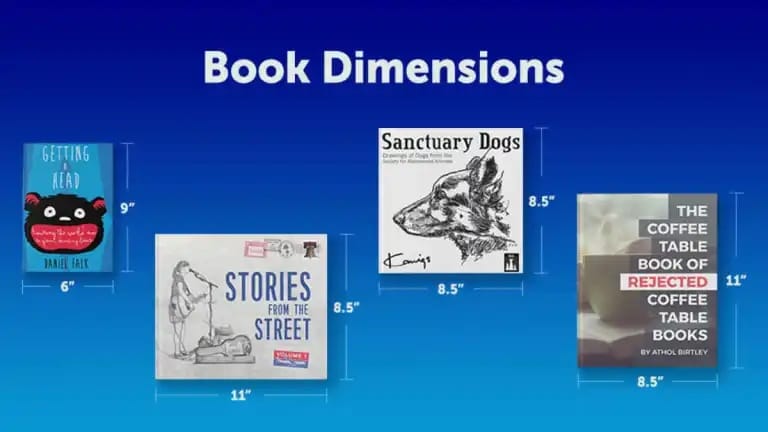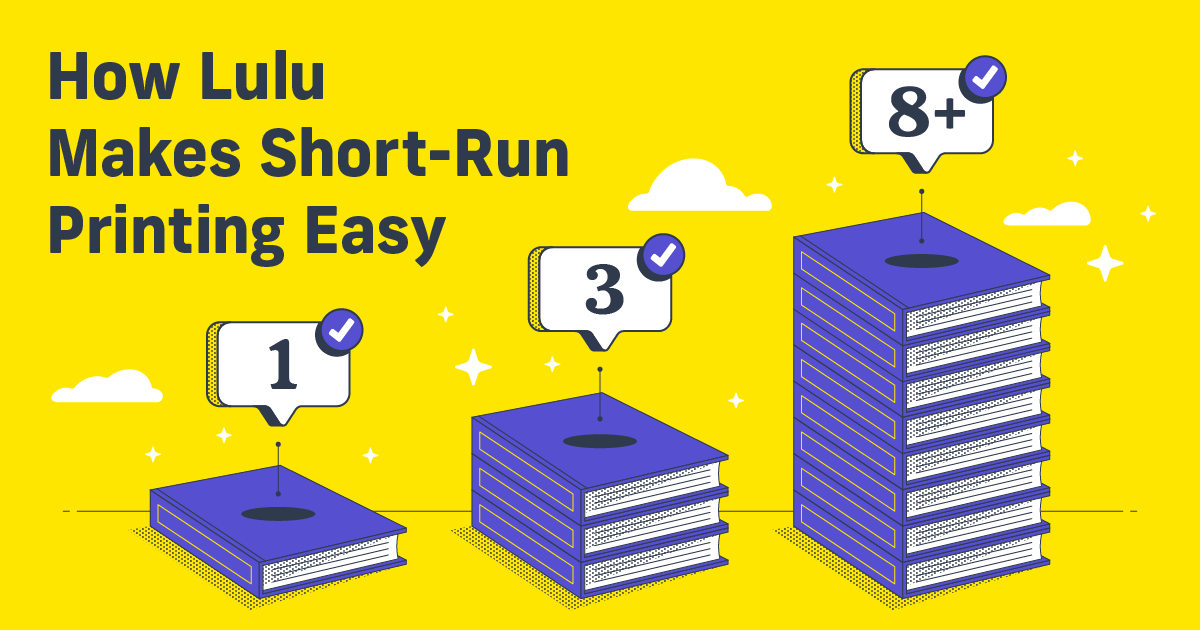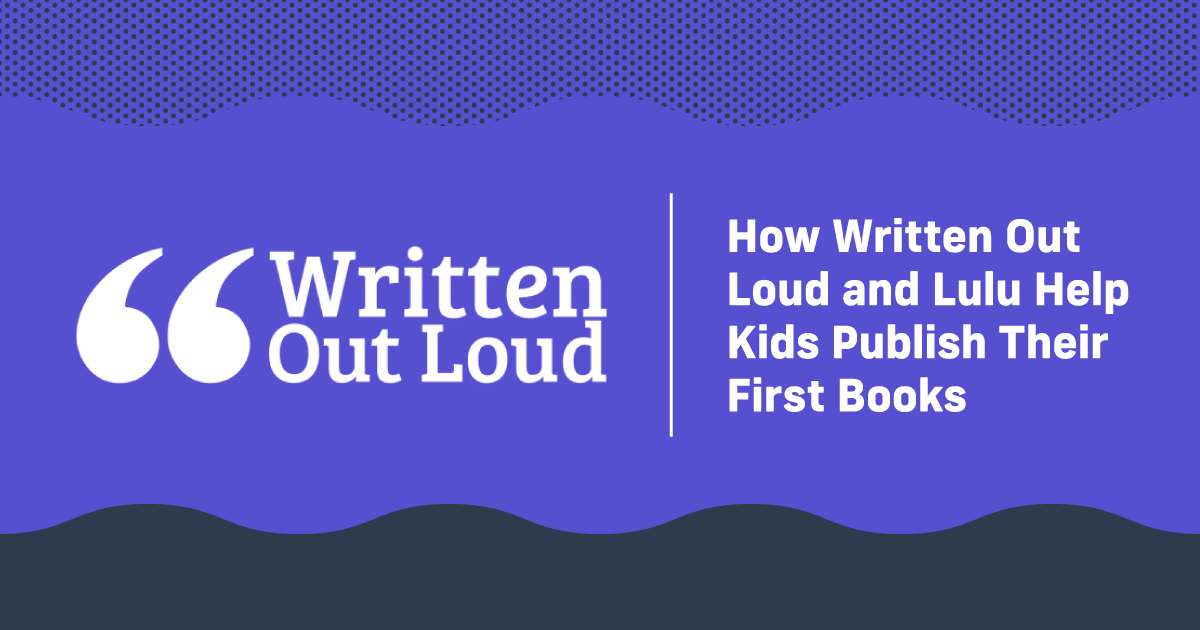Choosing the Right Book Size
You can find guides and articles all over the web telling you what the industry standard book sizes are; 6 x 9 for fiction, 8.5 x 11 for a textbook, and so on. But these guides fail to answer vital questions that are tied to your book’s size. Like pairing a font size with a book size. Or how the size impacts the layout. Or how to make all of these choices with your word count in mind.
Well, I’ve heard these kinds of questions for years and I think it’s about time tried to address balancing the many elements of book design.
What Size Should My Book Be?
Here’s a handy table with common (and very broad) book types and the trim sizes you usually see for those books.
| Book Type | Book Size |
| Fiction (Novels, Trade Paperbacks) | US Trade (6 x 9″ / 154 x 229 mm) Digest (5.5 x 8.5″ / 140 x 216 mm) A5 (5.83 x 8.27″ / 148 x 210 mm) |
| Textbooks, Manuals, Workbooks | Executive (7 x 10″ / 184 x 267 mm) A4 (8.27 x 11.69″ / 210 x 297 mm) US Letter (8.5 x 11″ / 216 x 279 mm) |
| Nonfiction | US Trade (6 x 9″ / 154 x 229 mm) Crown Quarto (7.44 x 9.68″ / 189 x 246 mm) |
| Graphic Novels | Executive (7 x 10″ / 184 x 267 mm) Royal (6.14 x 9.21″ / 156 x 234 mm) |
| Photo Books, Lookbooks | Square (8.5 x 8.5″ / 216 x 216 mm) US Letter Landscape (11 x 8.5″ / 279 x 216 mm) Small Landscape (9 x 7″ / 229 x 178 mm) |
These are standards and expectations for the publishing industry. Industry standards should always be your starting point in determining book size. That doesn’t mean you have to make your book at one of these sizes, but you need to know what other writers and publishers are using to make an educated decision.
Now let’s get into the details involved in deciding which size is right for you.
What Kind of Book Are You Writing?
High fantasy? A guide to local wildlife? A familial history? As you start thinking about your book design, I strongly suggest taking a moment to specifically identify your genre and your niche within that genre (if that applies). Once you’ve determined where your book falls in this spectrum, you can start to consider the best practices for other books of this sort.
You’ll notice the table above lists two or three trim sizes for each book type. And that’s just a general idea of the range that is most common. For example, most fiction lands in the area of 6 x 9, but trade paperbacks tend to be on the smaller side, more like 5.5 x 8.5 or even smaller.
Here comes the trickiest part of this entire process: You need to think about the genre your book falls into AND the niche within that genre you want to occupy.
The idea of “going wide” with a book is ill-fitted to a self-published author. You don’t need to get a ton of exposure. You need to get highly focused exposure. That means putting your content in front of the kinds of readers who are actively looking for it. If you’re publishing a science fiction novel, that’s your genre. But what’s your niche? Is the story set in the contemporary world with a twist on existing science (think Neal Stephenson) or is it a deep space odyssey full of aliens (think James S. A. Corey)? That’s a niche. Find yours and look for existing titles that land in that same or a similar niche to see how those book dimensions compare.

Sizing From the Inside Out
While you’re doing some research in your genre and niche, open up those books and look closely at the fonts. It might seem a little counterintuitive, but the font you select will impact the size and spacing on the page. And these measurements, along with the book size you go with, will impact how many pages your book ends up being.
Here’s an example:
I have a work of fiction that’s about 92,000 words. I’ve got seven pages of front matter (half-title, title, copyright, dedication, and some blank pages). The book is sized 6 x 9 with Optima font at 11 and a 14-point line spacing, with an extra 6 points separating paragraphs; I have 363 pages total. I can adjust that some by changing around the margins and gutter, but if I keep those static and just adjust the font, I can drastically change the page count.
If I make the font 14 , the page count shifts to 505 pages! A simple 3-point adjustment of the font adds 140 pages. Even changing the font itself impacts the page count. If I switch from Optima to Baskerville, the page count drops to 334.
Now consider changing the paper size. If I drop down to 5.5 x 8.5, the page count climbs to 388.
The difference may seem minor, but adding those extra 25 pages increases the print cost by about $0.40. Again, that may not seem like much, but it illustrates how every small change does impact your print costs.
Get more about designing your book in our Format and Layout article.

Create Your Book
Use Lulu's free templates to easily create and publish your book today.
Which Font is Right for Your Book?
It depends largely on the book size and the intended audience. Again, there are some common and often-used fonts that will help you decide:
| Book Type | Fonts |
| Fiction (Novels, Trade Paperbacks) | Baskerville Sabon Minion Pro Caslon |
| Textbooks, Manuals, Workbooks | Garamond Times New Roman Caslon |
| Nonfiction | Arial Caslon Franklin Gothic |
| Graphic Novels | Anime Ace BB Badaboom |
| Photo Books, Lookbooks | Trebuchet |
Please note that selecting a font for your book is a huge topic and I’ve offered only a handful of my favorite fonts among those that are widely accepted within the industry. What you need to do is pick the font that you think will be most comfortable for your readers, fit with your book’s style and genre, and give you the most bang for your buck at the book size you’re using.

Your Free Lulu Account
Create a Lulu Account today to print and publish your book for readers all around the world
Getting It Right
There’s no magic formula or perfect answer. And I could write pages upon pages of suggestions. Ideas. Rules.
You don’t need those.
What you need is the knowledge to make an educated decision about the print-on-demand product you choose for your book. So here’s what you should be thinking about:
- Your Genre and Your Niche
- The Font You’ll Use
- The Length You’re Aiming For
Balance these three things, and I’m confident you’ll end up with a book that looks at home on any bookshelf.




